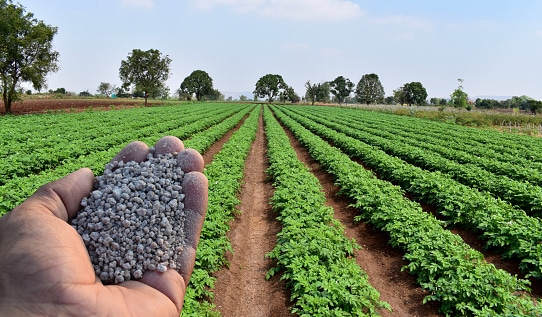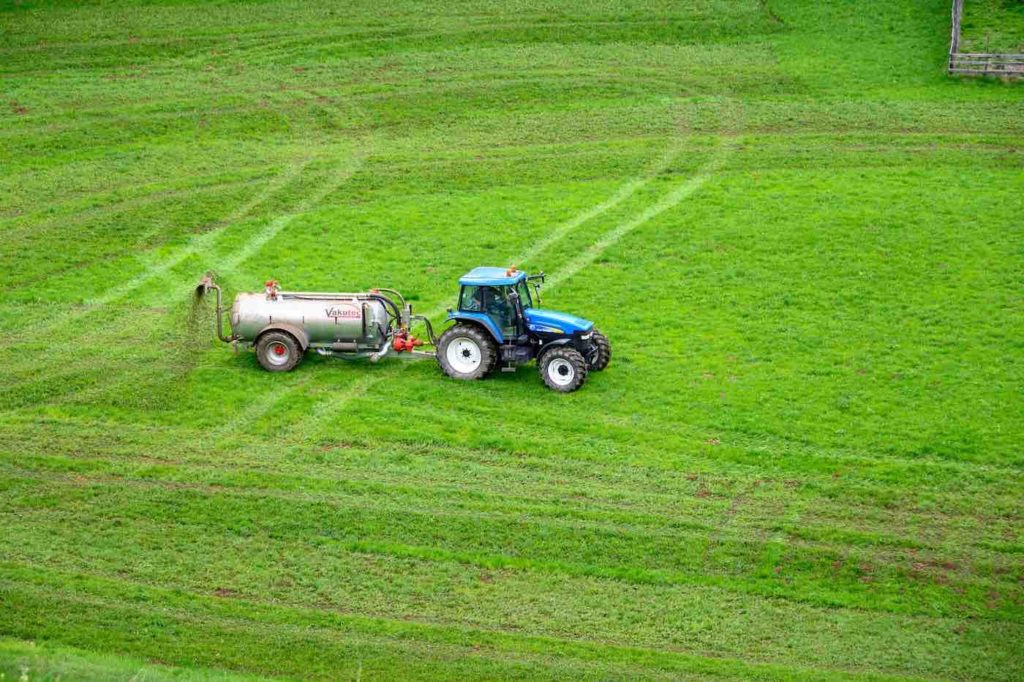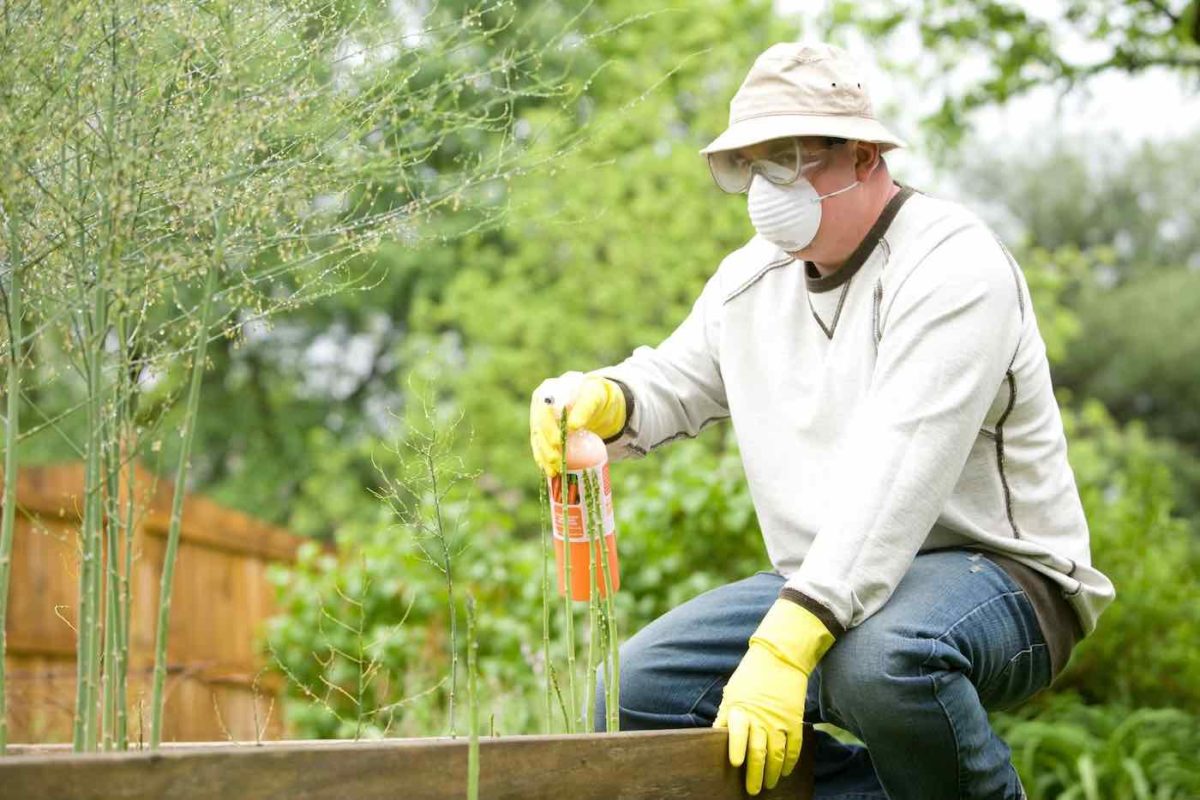You don’t need to buy fertilizers anymore because you can now make your own fertilizer using home-based ingredients.
The best way to prepare homemade fertilizers is by creating your own concoction out of simple kitchen items. For example, you can use banana peels, coffee grounds, Epsom salt, etc. These are the most basic ingredients that are easy to obtain from any nearby store.
In this article, we will be going over the details of why homemade fertilizers are effective, what fundamentals you need to consider, and how you can make these on your own despite being a first-timer to the task.
So, without any further ado, let’s get started.
Natural Fertilizer Versus Synthetic Fertilizer
Natural fertilizer or Synthetic fertilizer, which one should you opt for? This debate has been there for ages.
Essentially, organic or natural fertilizers are produced from earthly substances such as mushroom manure, cow manure, bone meal, kelp meal, etc. On the other hand, Synthetic fertilizers are artificial fertilizers that contain manufactured materials, such as Ammonium Phosphate, Superphosphate, Potassium Sulfate, etc.
Here are some pros and cons of these two fertilizers:
Organic Fertilizers
Pros
- Better infiltration and water holding capacity
- No toxin buildup
- It breaks contaminants down.
- Improves soil fertilization
- Fosters a sustainable ecosystem
Cons
- Difficult application process
- Slower results
- Nutrients and microorganisms in the soil may vary
Synthetic Fertilizers
Pros
- Affordable
- Easy application process
- Ensures rapid results
Cons
- It doesn’t contain organic micronutrients
- May add toxic elements in your plant food due to heavy use of the product
- This may release the nutrients slowly or too quickly
Benefits of Using an Organic Fertilizer
Whether it is synthetic or organic fertilizers, both have their own benefits for the plants. Although organic fertilizer appears to be more useful in terms of providing the secondary and micronutrients plants need.
One may use natural substances like fresh grass clippings, coffee grounds, egg shells, etc., to make his own organic fertilizer for garden plants.
Organic fertilizers are one of the healthiest ways for plants to be fed. They are also considered safer for the environment, as synthetic fertilizers can potentially contaminate nearby water.

Why Composting Will Help
Composting is generally the process of decomposing organic materials such as grass clippings, organic waste, leaves, etc. You may even compost tea bags as they contain essential nutrients to feed the soils.
If you wonder how your own compost can help make fertilizers, it adds some crucial organic substances that help rapid plant growth. Also, this has a significant contribution to the soil structure as it keeps the soil healthy with proper moisture, nutrients, and air.
There are several types of homemade compost ideas available that you may try out. However, we suggest using the bokashi composting method as this helps upkeep a faster soil fermentation.
Healthy Soil in the Garden and Around the Farm is Key
Soil is an essential part of growing plants. Not only does the soil provides plants with the proper nutrients to grow, but it also gives them the foothold they need. Therefore, soil quality is vital to organic gardening and even farming.
Soil structure, along with soil nutrient density, is the foundation of a thriving organic garden. Healthy soil produces a bountiful harvest of healthy crops, as well as healthy plants like some acid-loving plants, with every growing season.
Understanding the Basics of N-P-K
Nitrogen, phosphorus, and potassium are three of the most important nutrients found in most fertilizers, and these are usually known as the “Big 3” or, in other words, N-P-K.
However, understanding the benefits of these nutrients – and how they work – is crucial to growing healthy plants. Here’s everything you need to know,
The Big 3, a.k.a N-P-K, significantly contributes to the plants’ growth. As plant roots reach down into the soil, they find these nutrients and absorb them to enrich their overall health.
For instance, Nitrogen in fertilizer is a slow-release product that is beneficial to the leaves. Phosphorus is known to help the roots grow and rapid fruit production in the plant. In contrast, Potassium is mainly used to support the plant, absorb moisture and grow better.

What you need to make your own fertilizer
Homemade fertilizers are easy to process and prepare. You don’t need a couple of days or hours to prepare them. Depending on how you make it and what materials you choose, the process might be simple or complex.
Therefore, to help your make your own fertilizer the easiest way, we have added one of the easiest homemade fertilizer recipes in this guide. But before we jump in, let’s see what you will need:
Materials
- Watering can
- Cookie sheet
- Blender
- Compost bin
Ingredients
- Epsom salts, coffee grounds, egg shells, or white vinegar.
- Water
- Newspaper
- Fish tank water
- Fireplace ashes
- Fruit and vegetable scrap
Make Your Own Fertilizer Step by Step
You can use all sorts of things as great plant fertilizer, like egg shells, coffee grounds, or animal manure. But, you must be mindful of the procedure you use. If you don’t do it right, you could end up wasting a lot of time.
So, here’s our step-by-step guide to making fertilizer:
Step 1: Gather your ingredients
If you are to make Epsom salt fertilizers, you will need to get a gallon of water and the Epsom salt. However, for other ingredients like coffee grounds, egg shells, and white vinegar, you will require some more ingredients that include newspaper, cookie sheet, fireplace ashes, etc.
Step 2: Prepare the fertilizer
To make the ingredients powdery, crush them in a blender. Mix the powder with water. Add in the bacteria. Allow the mixture to ferment for two days. Strain the mixture through a fine cloth. The liquid fertilizer is ready.
Step 3: Pour in a container
After the fertilizer is ready to use, store it in a container. You may store some extras in a regular spray bottle for easier applications of the fertilizers.
Recommended reading:
7 Homemade Plant Fertilizers
Popular homemade plant fertilizers include those made from plant and animal manure, compost, and bone meal. And here, we have compiled a list of the top 9 fertilizer items that you should try on,
Grass clippings: Grass clippings fertilizers are the best source of nitrogen that can accelerate plant growth, especially the growth of their leaves.
Coffee grounds: Coffee grounds work best to enrich water retention, drainage, and aerotion in the soil.
Wood ash: Wood ash could be used in your garden as a natural resource. It adds lime and potassium, so plants get a boost of nutrients. It also aids in the cooling and moistening of the soil, which is beneficial to your garden.
Teabags: Loose leaf teas and compostable tea bags have nitrogen to add to the compost. They provide good fertilizer for plants.
Banana peels: Banana plants naturally add potassium to the soil, which is necessary for plant growth.
Fish waste/aquarium waste: A farmer (or gardener) can enrich the soil by burying aquarium or fish waste. This not only adds nutrients to the ground but also provides food for beneficial biological life.
White vinegar: White vinegar will not increase the pH levels of your soil; it can be used to prevent acid rain. Acid rain causes certain plants to wilt, but more importantly, it decreases the nutrients in the soil. Vinegar is used to remove these pollutants.
Conclusion
Potassium and Calcium Carbonate is one of the essential components that should be present in any natural fertilizer. These components are basically nutrients that keep your garden soil alive.
So, when you are to make your own fertilizer teas or other items, make sure you put in ingredients that involve these chemical substances in them. Also, make sure to maintain all the safety measures and precautions to avoid any crucial side effects.
We have already tried elaborating on the process of how to make your own homemade fertilizer. So, buckle up. It’s time to get your hands dirty to feed your vegetable garden soil the safest fertilizers.
FAQ – Make Your Own Fertilizer and Homemade Fertilizers
There are several ingredients that you may use for making homemade fertilizers. Among them, the best ones are banana peels, white vinegar, coffee grounds, grass clippings, compost tea bags make the best fertilizers.
You can simply decompose the ingredients, such as Epsom salt, grass clippings, etc., in freshwater or fish tank water, mix everything well, then your homemade fertilizer will be ready.
Although some fertilizer ingredients require you to follow different recipes to prepare the fertilizers fully.
No. Adding sugar to water is a common gardening practice, but the practice is actually detrimental to plants. Adding sugar to water will feed the roots, but the sugars will build up and affect the plant, eventually leading to plant death.
Yes. Nutrients are required for the growth of plants, including fruits and vegetables. Shells are actually well known for having more nutrients and minerals than other fertilizers.
Like most things that keep growing, soil requires a certain amount of acid to keep it healthy. When used in moderation, Vinegar diluted correctly can do the trick, but it has to be diluted properly and at the right point in your gardening process.

5 replies on “Make Your Own Fertilizer”
[…] Therefore, here in this article, we’ve covered details about a few of the best farm animals for beginners. In addition to being able to fit in a smaller area, these animals can also help your homestead farm by producing quality fertilizers. […]
[…] there are so many other benefits to raising your own chickens. They can provide you with fertilizer, entertainment, and meat. It may take time before you start enjoying the goodness of their eggs, […]
[…] Make Your Own Fertilizer […]
[…] Electric mowers are also great for mulching leaves and grass clippings, which can be used as a natural fertilizer for the […]
[…] relying solely on native fermentation may not result in high-quality granulated organic fertilizer. This is due to unstable nutritional composition and a low supply of trace […]